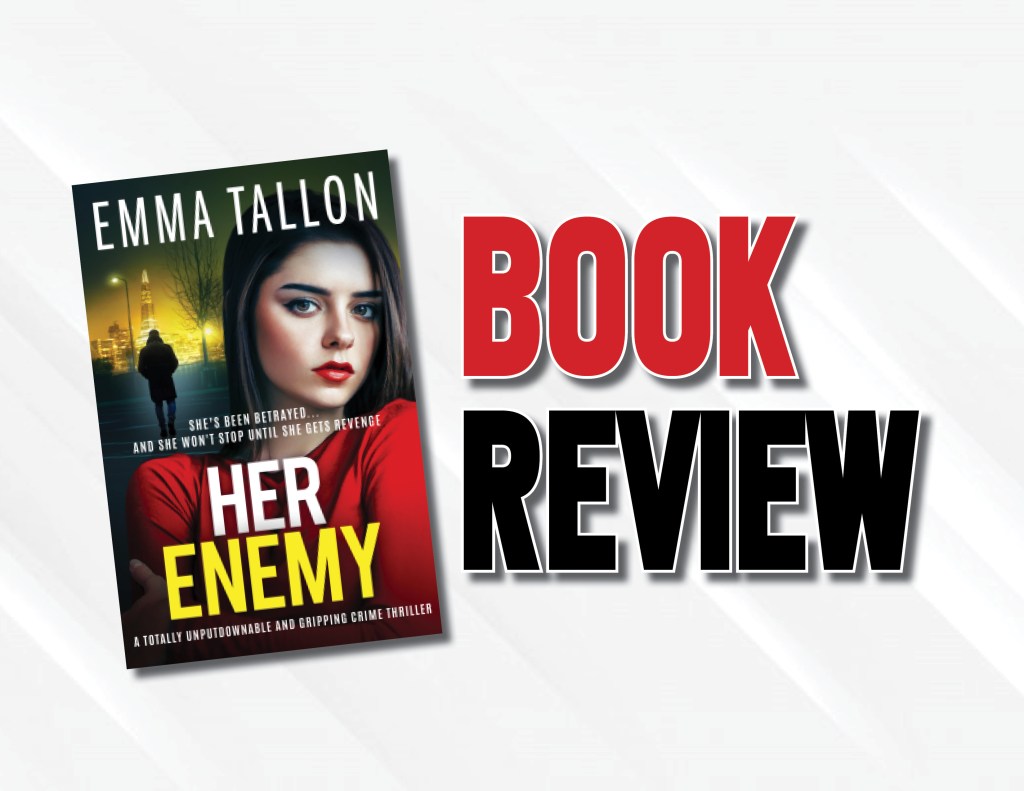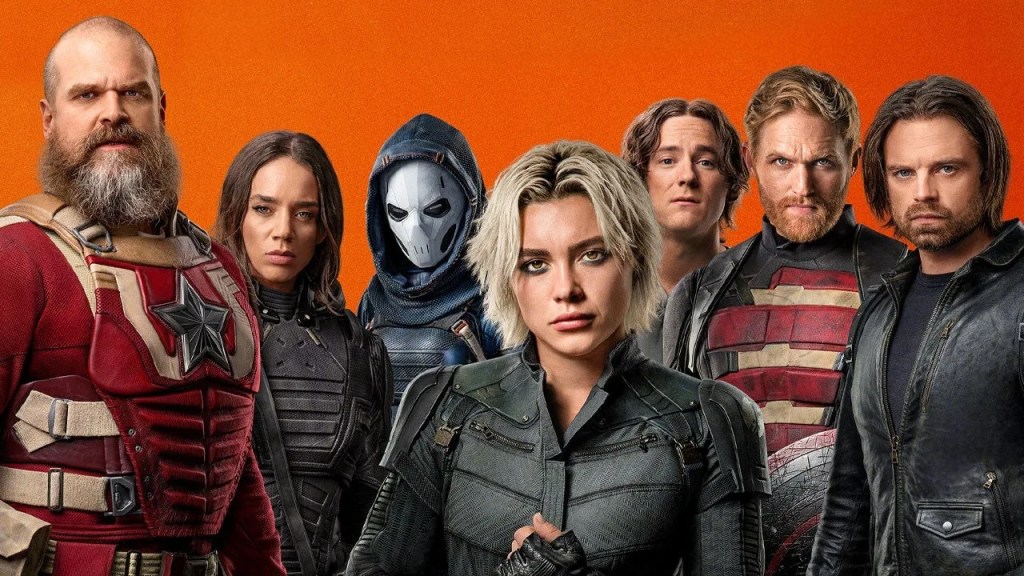In 2017, hot off one perhaps the worst superhero film of all time in “Batman v. Superman: Dawn of Justice,” we got its sequel, “Justice League,” which was an OK, confused film that changed course when director Zack Snyder exited the project after the loss of his daughter, and Warner Bros. hired Joss Whedon to come in to not only finish it, but to make it more lighthearted, like a Marvel movie. Many fans, myself included, falsely assumed that this was to save what would have otherwise been a train wreck of a film, much like the theatrical version of “Batman v. Superman” was. But I was flat out wrong, with the release of “Zack Snyder’s Justice League”, or the “Snyder cut” of the film making it all too apparent that Whedon’s involvement amounted to carving up the film Snyder had made into near incoherence.
The biggest difference between the Snyder cut and the Whedon cut, is that the Snyder cut painstakingly takes time to develop its world, characters, motivations and arcs in a heavily stylized and tonally coherent way — which is to say, the two films are like night and day, with the Whedon cut feeling like a weak imposter. The single best thing the Snyder cut does is give us the gift of coherence, with every major and minor character having something of an arc that all feels like it belongs within the DC universe.

Snyder absolutely nails what a “Justice League” movie should be, echoing the tones of not only the comics, but its television shows, which is best described as dark, but in a realistic way. DC superhero stories are not afraid to explore themes of loss, damage, broken families, poverty, the dark side of celebrity and more, and all the psychological issues associated with them, which are only heightened when you introduce superheroes and supervillains into the mix (I’d argue that Marvel leans into realism in the opposite direction, specifically its use of humor). This makes their stories relatable and able to achieve emotional heights other stories in the genre can’t. Unlike what other entries in the DCEU suggest, DC stories aren’t dark just to be dark and terrible, they are dark because life is hard and complex, and for years DC has been able to tap into that.
The issue with that is to communicate those stories on screen, you need time, to not only set up motivations and payoffs, but everything in between. It’s hard for us to get invested in a character if we don’t know them, and unfortunately what Warner Bros. ordered in the theatrical versions of “Batman v. Superman” and “Justice League” — films that were expected to do the legwork of four to five standalone origin films while also having ludicrous 2-3 hour runtimes — was physically impossible. It can’t be done. Their direct competitor — the “Avengers” franchise — achieves its box office and emotional resonance by having standalone films that build up to each release; it cannot be done in reverse. You either need to make an over three-hour-long film, or focus on individual films first.

Perhaps the greatest difference between the Whedon and Snyder cut is context, in the regard that Snyder’s version has coherence and complex characters who all have personal issues they must deal with, where the Whedon version is overly reliant on coincidence and barely lets us get to know the various members of the Justice League and, as a result, feels more like a shell of a film.
Batman (Ben Affleck), who sees himself as mostly responsible for the death of Superman (Henry Cavill) in the previous film, takes it upon himself to establish a superhero squad with Wonder Woman (Gal Gadot), having been warned in the previous film that an enemy is coming to Earth. He attempts to recruit Arthur Curry (Jason Momoa) AKA the Aquaman, who is an Atlantean loner who hangs out in a remote Icelandic town, helping people, as he choses to separate himself from the bureaucracy of both the surface world and Atlantis, and as a result, doesn’t quite fit into either, which is fitting, as he is half human. In this version, Aquaman is a reluctant hero who must accept who he is for the greater good.

Meanwhile, Wonder Woman recruits Cyborg (Ray Fisher), whose storyline was absolutely butchered in Whedon’s cut. In the Snyder Version, Cyborg used to be a star athlete whose life was turned upside down when he was fatally wounded in a car accident that killed his mother, forcing his absent father, Silas Stone (Joe Morton), to bring him back to life using the alien motherboxes. Silas is in charge of Star Labs, trying to understand alien technology for the government, which led to him neglecting his son, so much of Snyder’s version focuses on Silas trying to redeem himself by doing good for his son, and Cyborg getting to the point in which he can accept who his father is, and letting himself love him. Cyborg’s creation via the motherboxes also proves to be monumentally important when villain Steppenwolf (Ciaran Hinds) comes to Earth, in hopes of claiming it for his master, Darkseid (Ray Porter) using the power of the motherboxes. Cyborg also can hack into anything, making him particularly valuable in a digital age (he basically has the hacking power of “Watch Dogs” if he wants to), which is a huge upgrade from his Whedon version.
Lastly, Batman recruits the Flash (Ezra Miller) a speedster who taps into something called the Speed Force to run remarkably fast, while generating electricity and even reversing time if he needs to. Flash has one of the best introduction scenes in the film, in which he saves a lady from a car accident while applying for a dog walking job, and while still a jokester, none of his jokes feel inappropriate, and he really does not feel that annoying in this version. And he has actual things to do, with his ability to tap into the Speed Force being key to reviving Superman, as well as the climax of the film.

Steppenwolf has also been upgraded, both visually and as a character. He felt very villain-of-the-week in the Whedon version, generically wanting to take over the world, but in this version, he’s trying to conquer Earth to get back into the good graces of his master, Darkseid, and he is flat out told that it will not be enough, until he discovers that the Anti-Life Equation — something that presumably will let Darkseid remake life in his image — resides on Earth. Steppenwolf serves not only as a stepping stone to a greater, Thanos-like villain, but he also proves himself to be very competent, and there is a strong emotional reason to why he’s fighting.
Snyder knew that the story he was telling would have to be structured like an epic, and that’s exactly what “Justice League” feels like, as it also has a rich supporting cast of minor characters that enhance the film and its world, with Silas Stone, Queen Hippolyta (Connie Nielson), Vulko (Willem Dafoe), and Martha Kent (Diane Lane) having particularly standout moments.
The Snyder cut not only vindicates Zack Snyder and his overall vision for the DCEU post “Batman v. Superman”, but also proves that the executives at Warner that ordered Joss Whedon to butcher his film had no idea what they were doing. They were much better off abandoning their frivolous concerns about runtime and accept the fact that the massive story they had ordered was an epic and given fans an at least 3 1/2 hour theatrical cut as close to Snyder’s vision as possible, knowing that moviegoers are willing to sit through a long film if it’s excellent. And Snyder’s version of the film is.
“Zack Snyder’s Justice League” gets an 8.5/10






Leave a comment